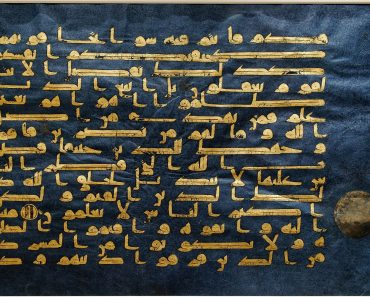Love and emotions have been universal themes throughout human history, expressed in diverse ways but with commonalities across different cultures and eras. A fascinating recent study reveals that people in ancient Mesopotamia experienced and conceptualized love and emotions in ways that, surprisingly, resonate with our modern understanding of these feelings.
Using a multidisciplinary approach, researchers analyzed Akkadian-language texts engraved on clay tablets thousands of years ago to explore how the ancient Mesopotamians linked their emotions to specific parts of the body.
Today, we often express our emotions in ways that associate physical sensations with parts of the body. We feel “butterflies in the stomach” when in love, our hearts “sink” when sad, or we say something “breaks our soul” to convey deep pain. This tendency to connect emotions and the body is not new. According to the study, the ancient Mesopotamians also associated their emotions with specific organs, such as the heart, liver, and knees.

The heart, for example, was perceived as a vital center of emotional experience, much like in many modern cultures. The liver, on the other hand, played a crucial role and was curiously associated with feelings of happiness and fullness. According to the texts, words like “to open”, “to shine”, or “to be full” were used to describe moments of joy, concepts anchored in this organ. This perception might reflect the symbolic and functional importance of the liver in the daily lives of the Mesopotamians, who had a rudimentary yet significant understanding of anatomy for their time.
The research team, led by Professor Saana Svärd from the University of Helsinki, analyzed nearly one million words in Akkadian, a Semitic language used in Mesopotamia between 934 and 612 BCE. These texts, written in cuneiform script on clay tablets, provide a unique window into the thoughts and emotional lives of people in that region.
Although the Mesopotamians’ anatomical understanding was not as advanced as ours, they had a clear notion of the relevance of certain organs to life and emotions. In addition to the heart and liver, the lungs were considered important, as were, intriguingly, the knees, which were often mentioned in connection with love. This association can be interpreted as a reflection of the emotional intensity that “bends” people or brings them to their knees, both in spiritual and emotional contexts.

One of the most fascinating aspects of this study is how it connects the emotional experiences of ancient Mesopotamians with those of modern people. Despite cultural and temporal differences, there seems to be a universal dimension to how humans have lived and expressed their emotions throughout history.
If the ancient Mesopotamian body map of happiness is compared with modern body maps published by another Finnish scientist, Lauri Nummenmaa, and colleagues a decade ago, it is very similar, with the exception of a notable glow in the liver, says cognitive neuroscientist Juha Lahnakoski, a visiting researcher at Aalto University.
It remains to be seen whether, in the future, we will be able to say something about what types of emotional experiences are typical of humans in general and whether, for example, fear has always been felt in the same parts of the body. Additionally, it’s important to note that texts are texts, and emotions are lived and experienced, says Saana Svärd.
Discover more from LBV Magazine English Edition
Subscribe to get the latest posts sent to your email.
















